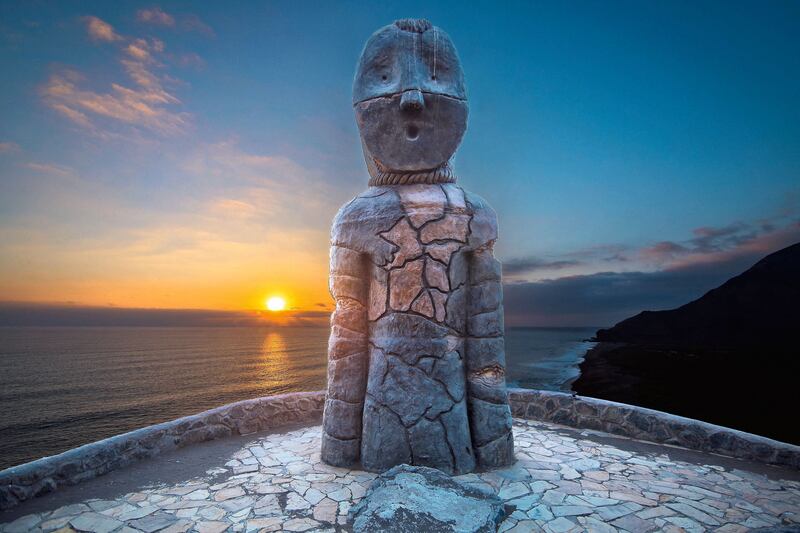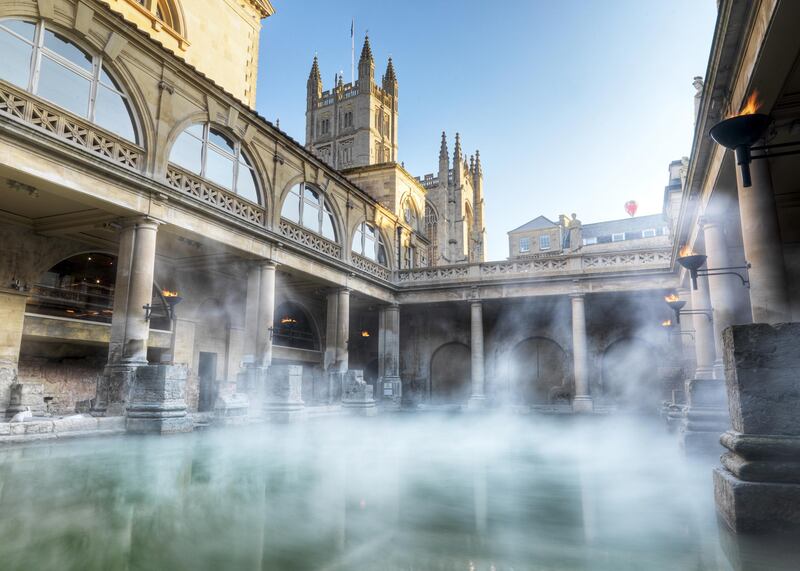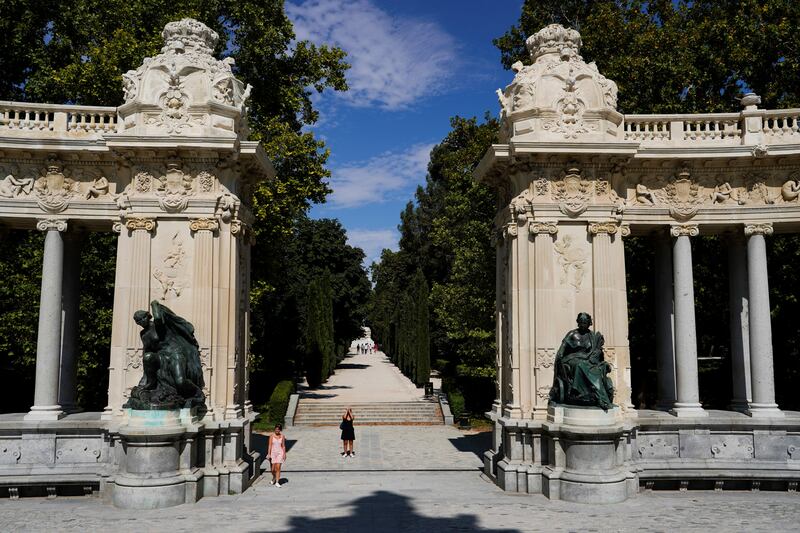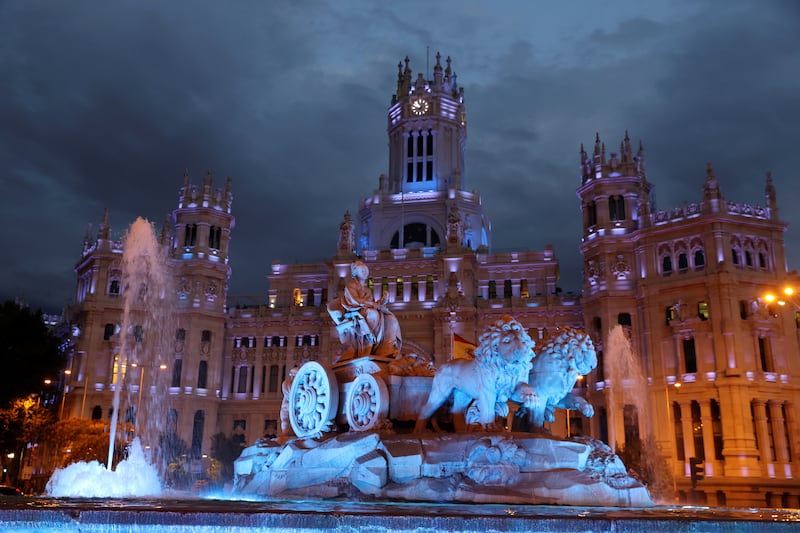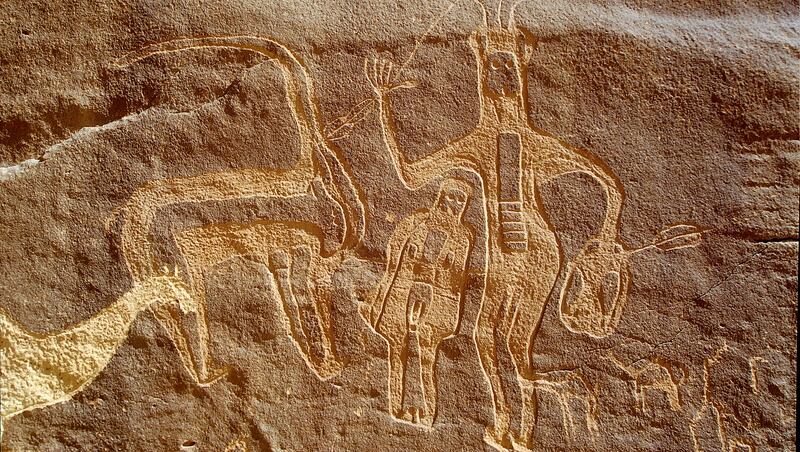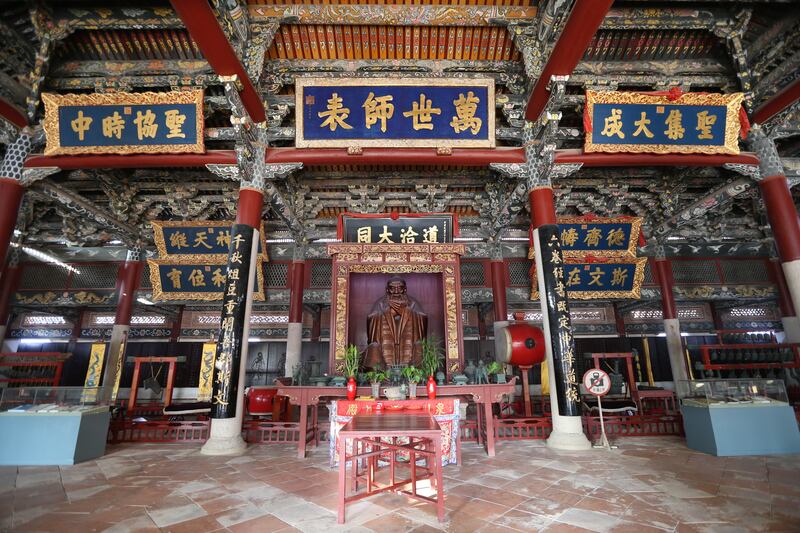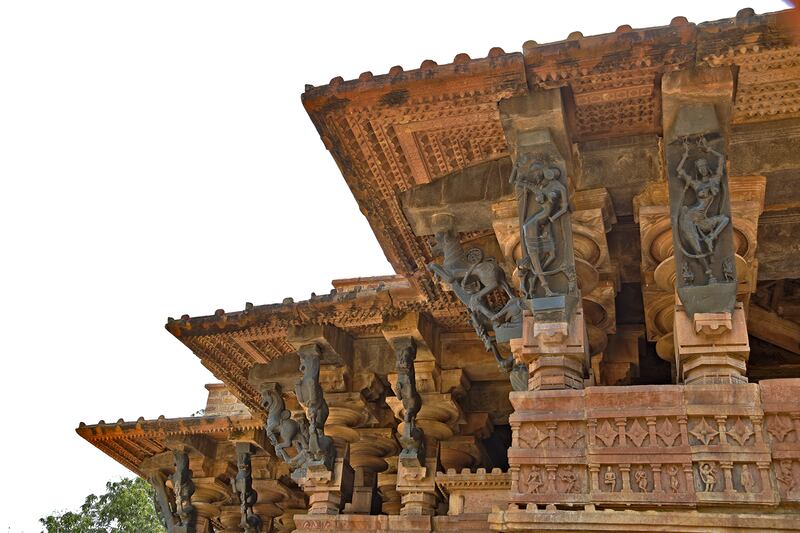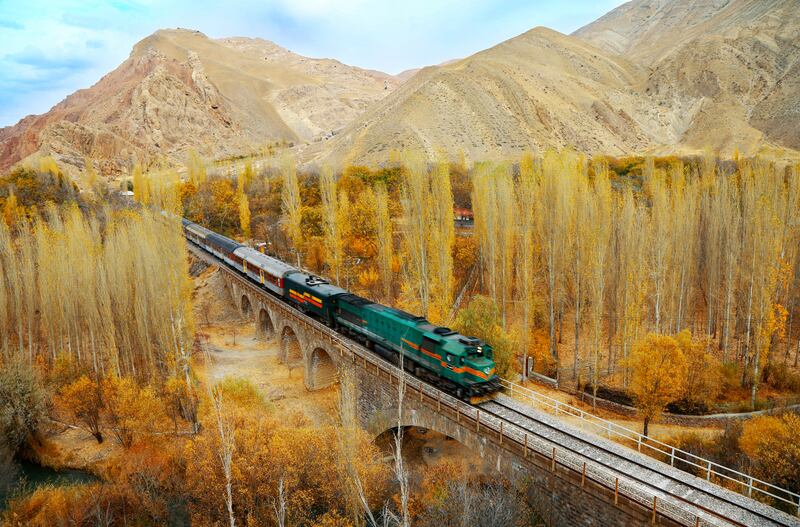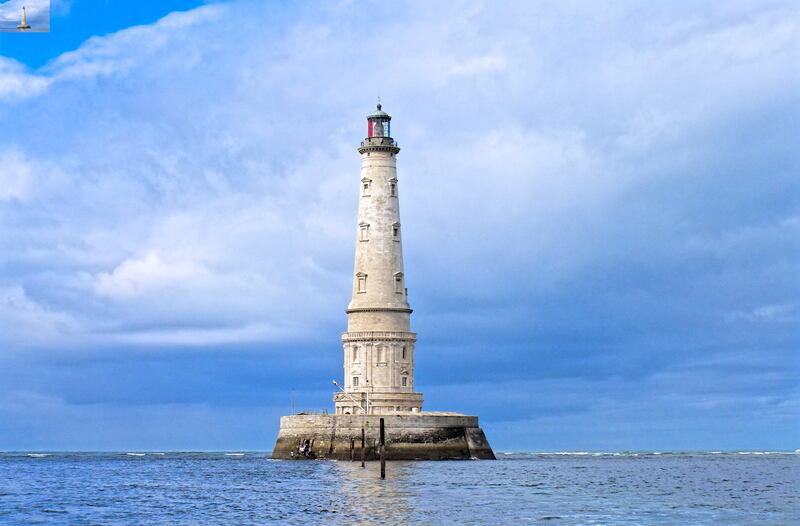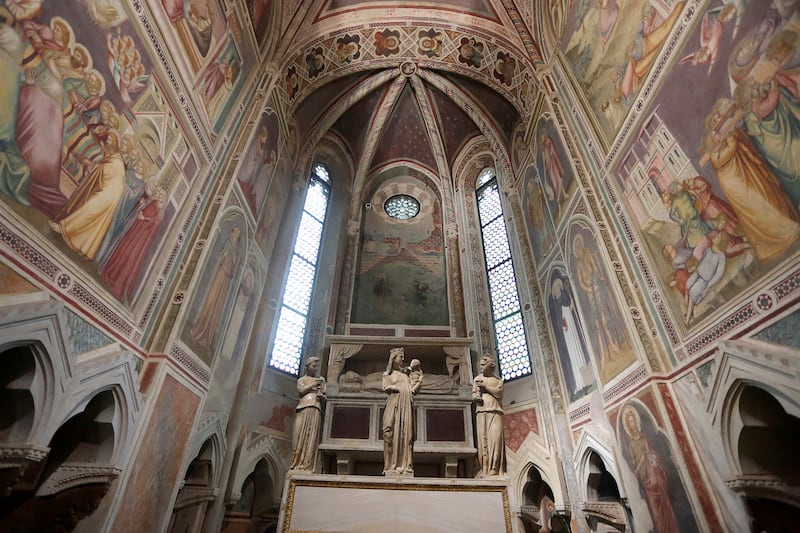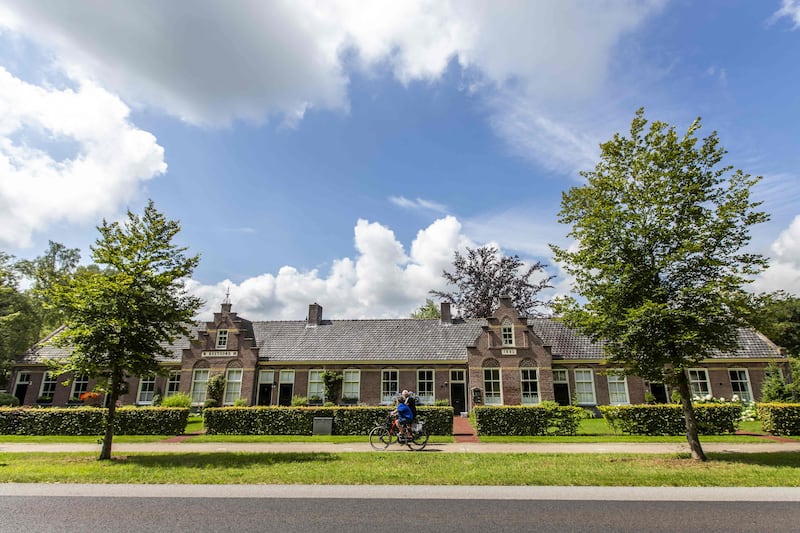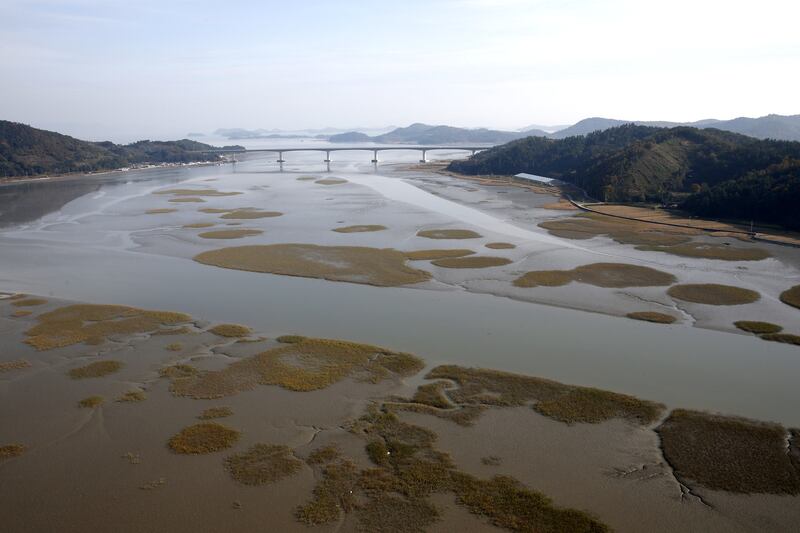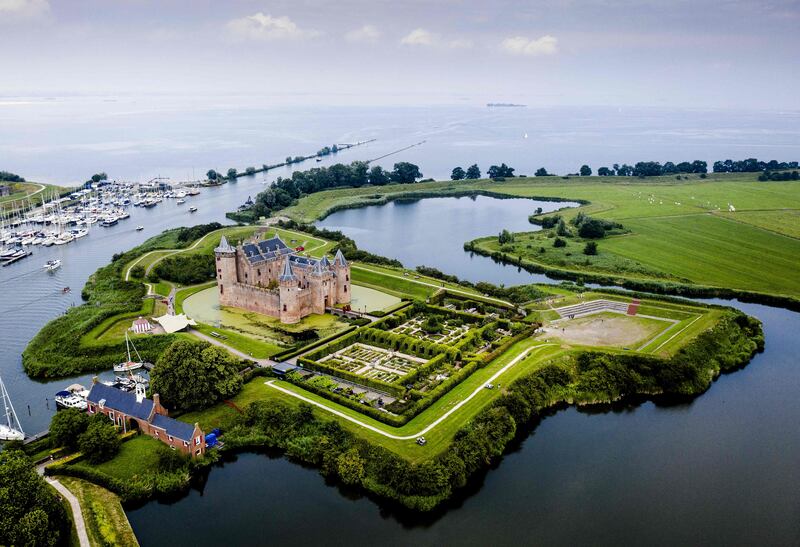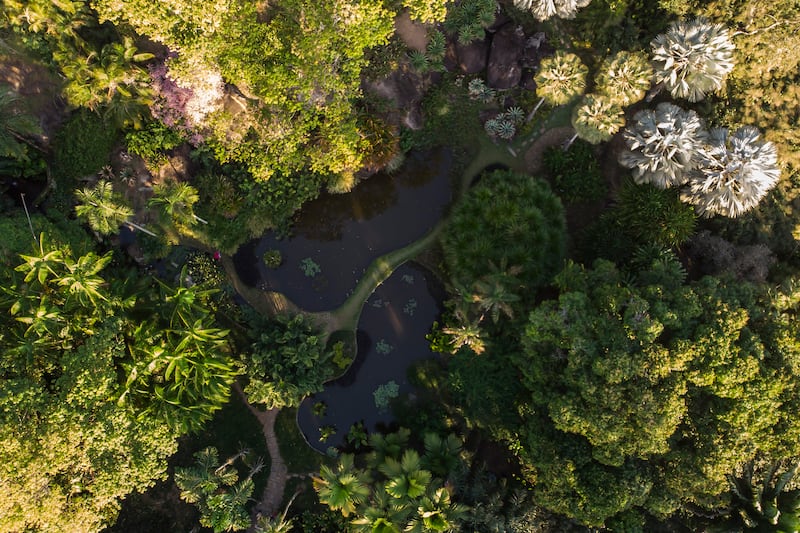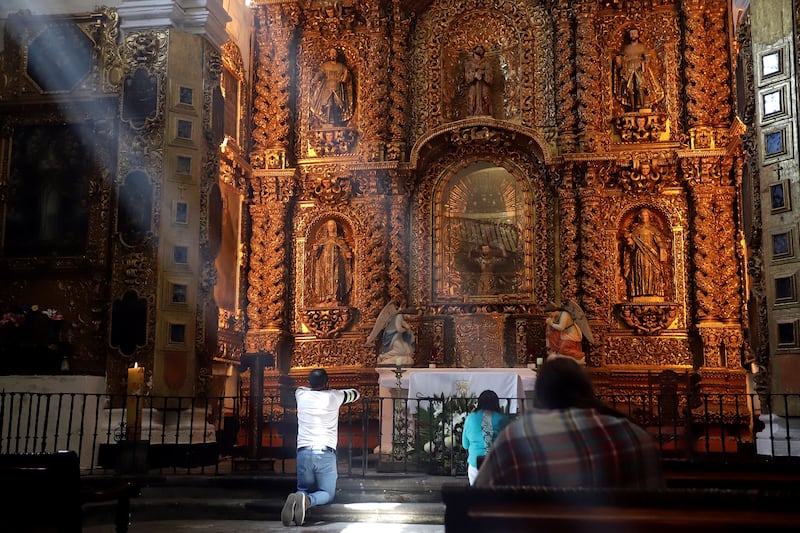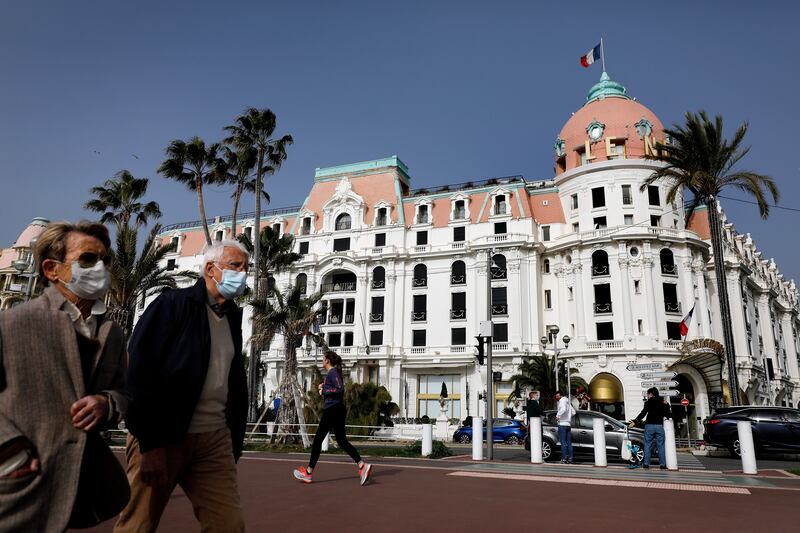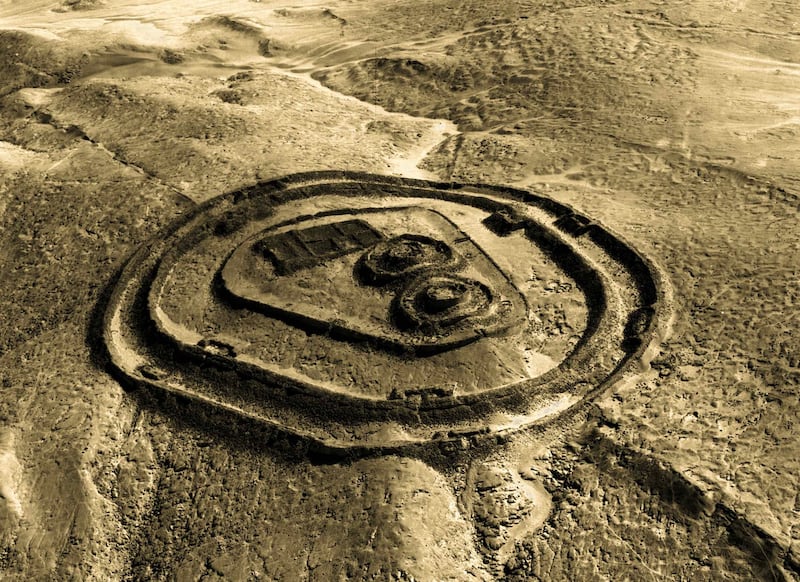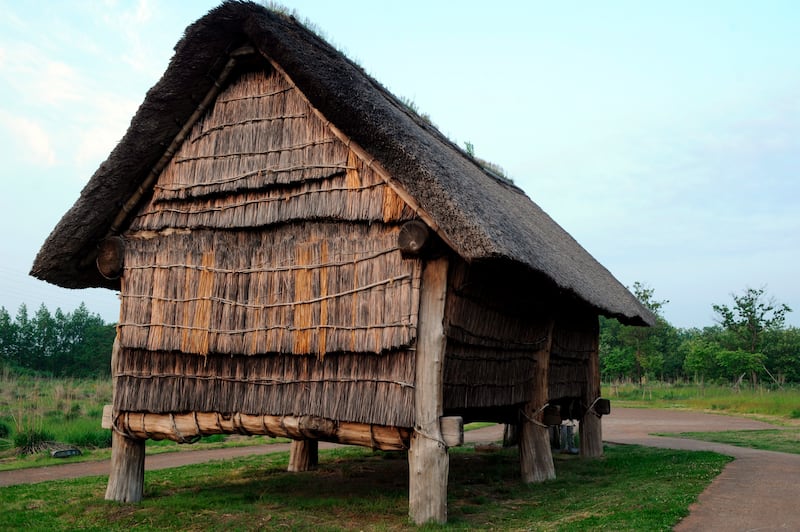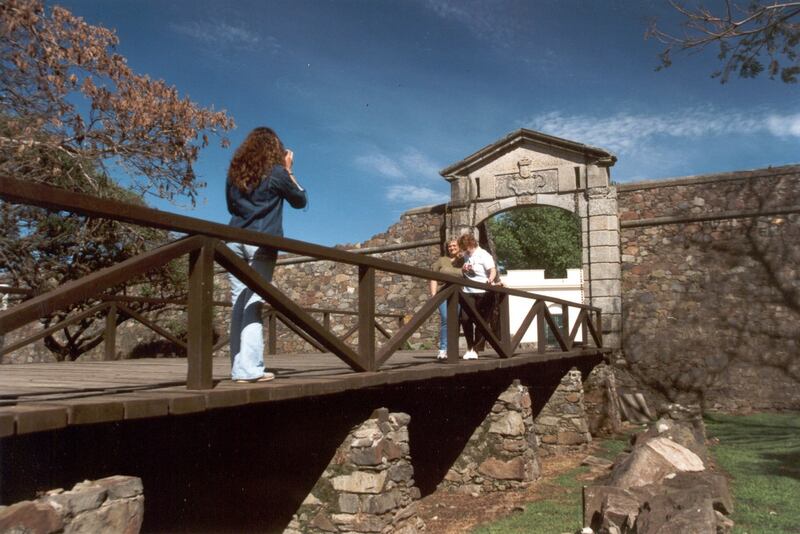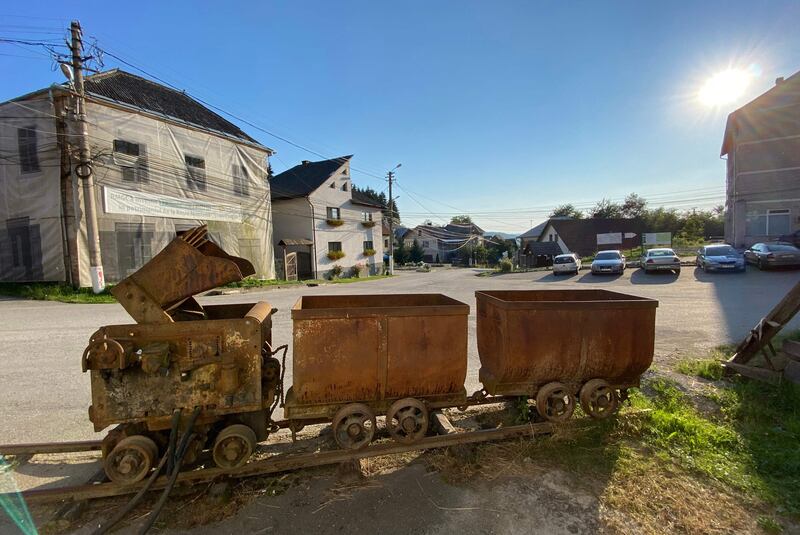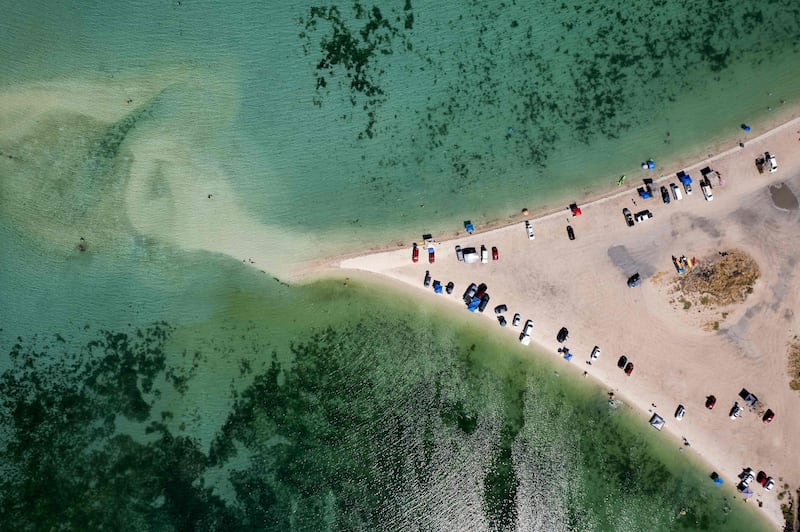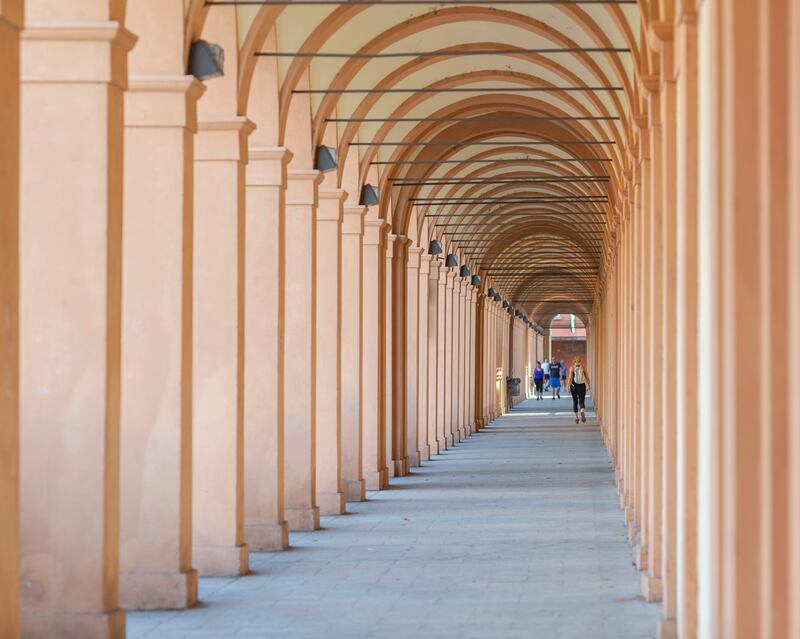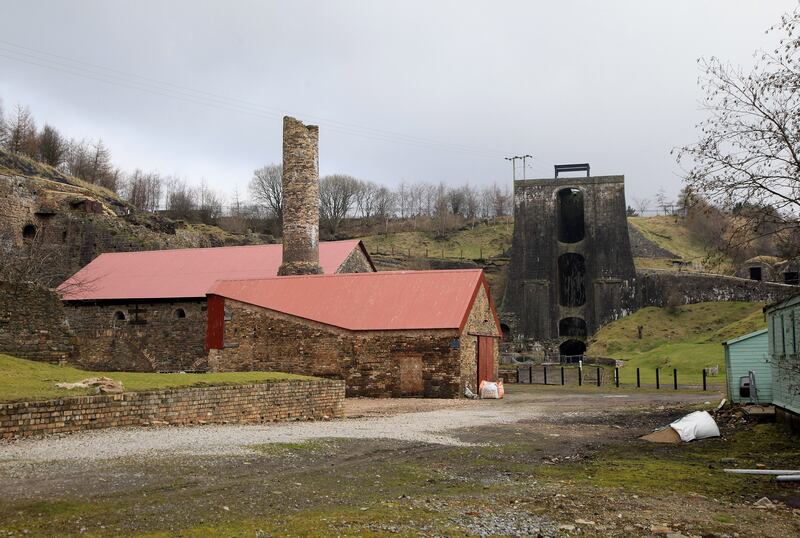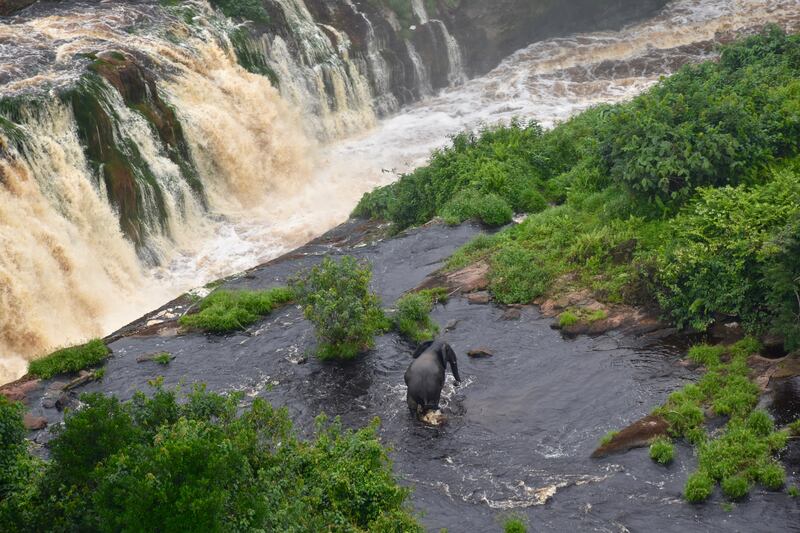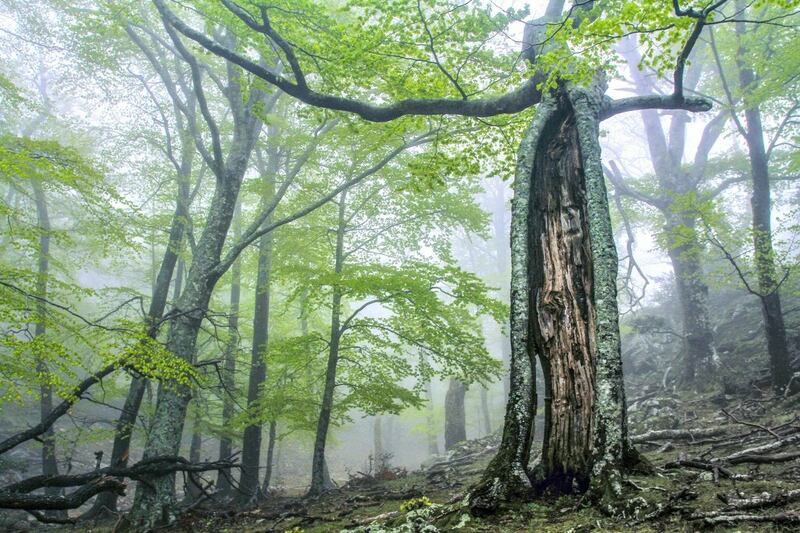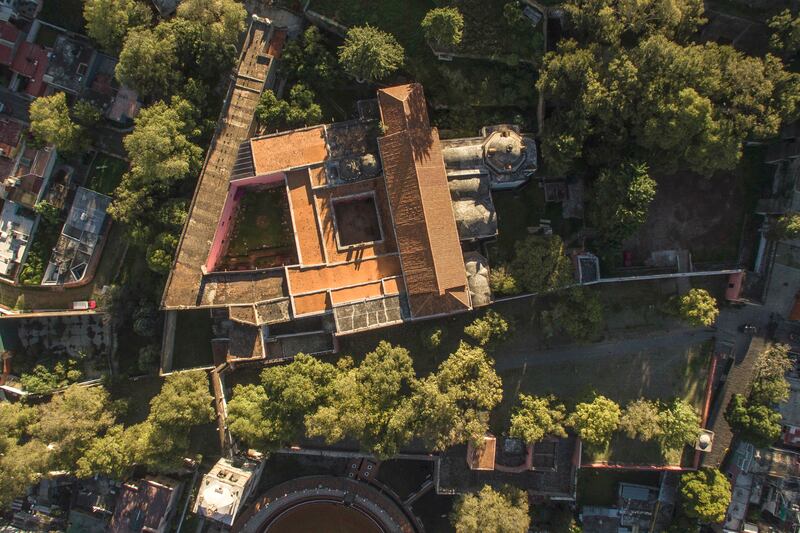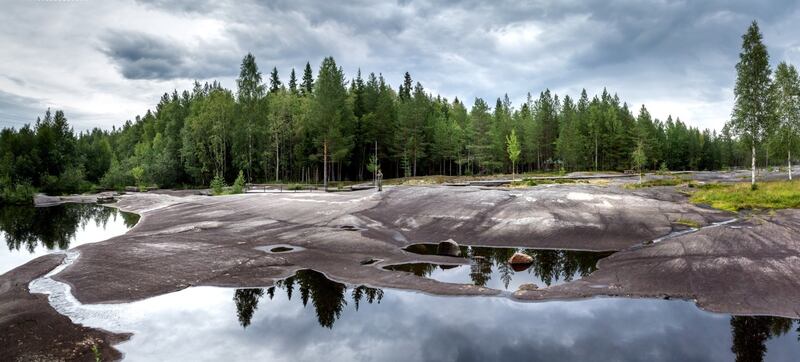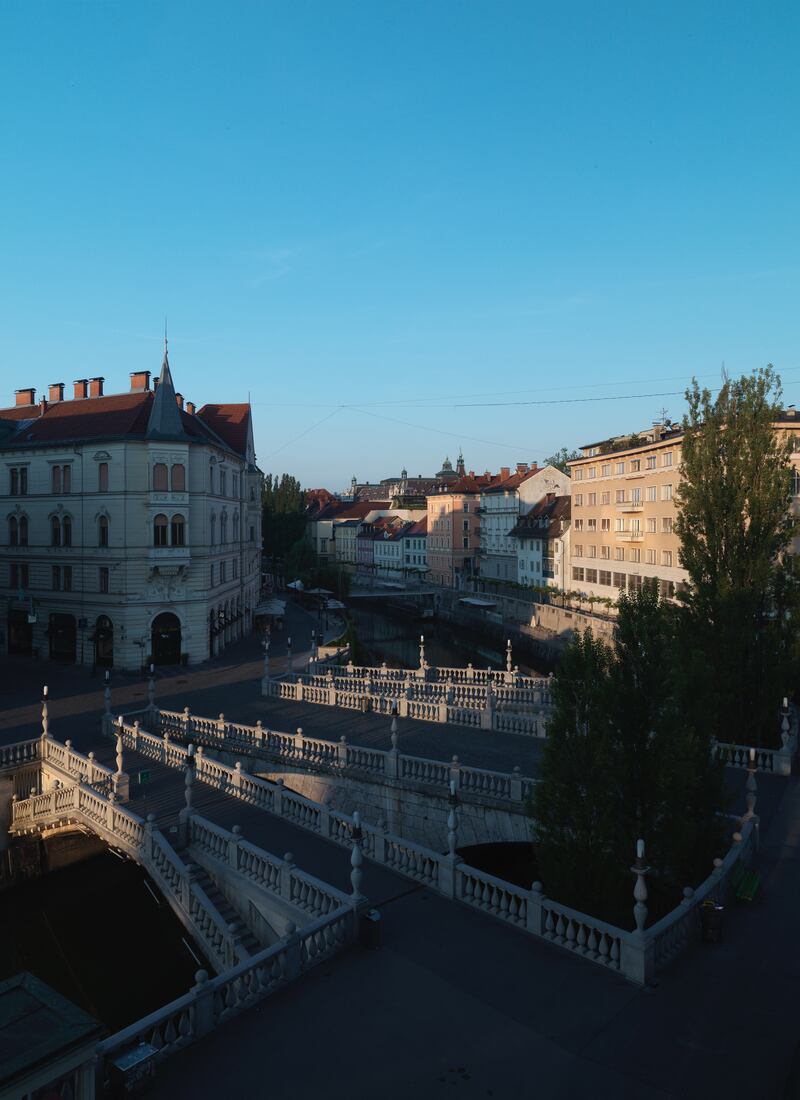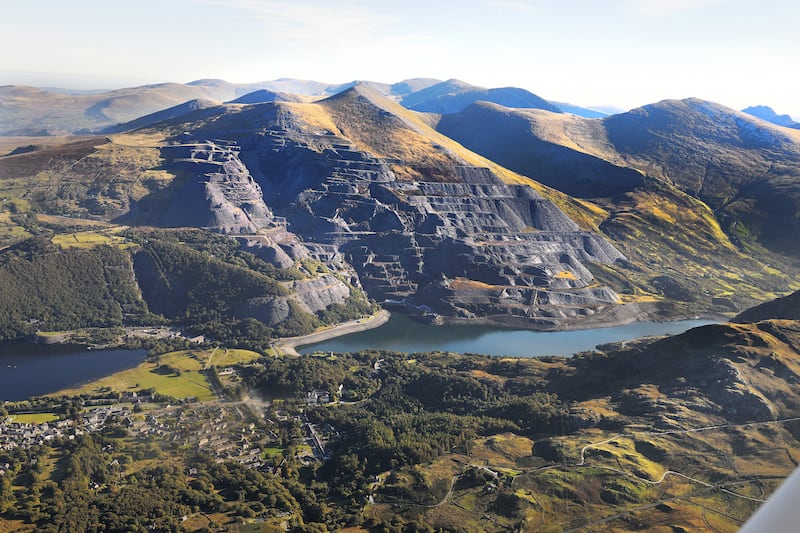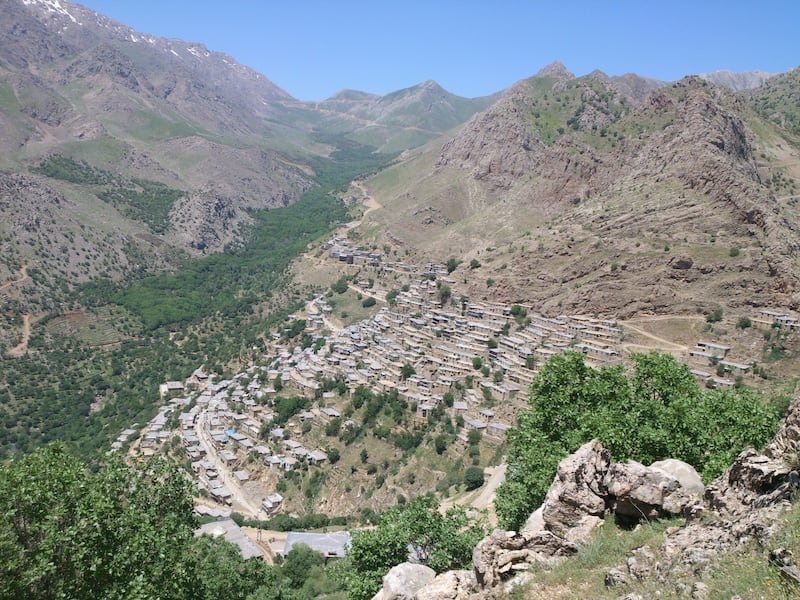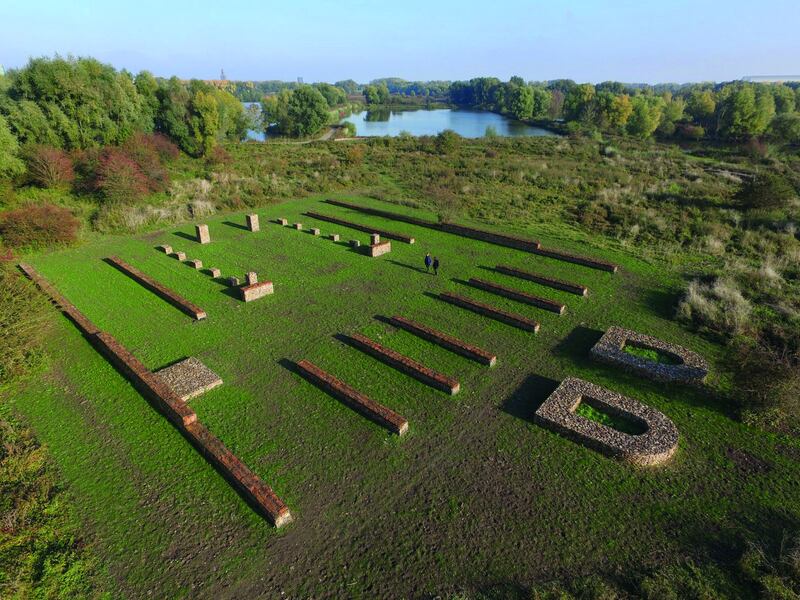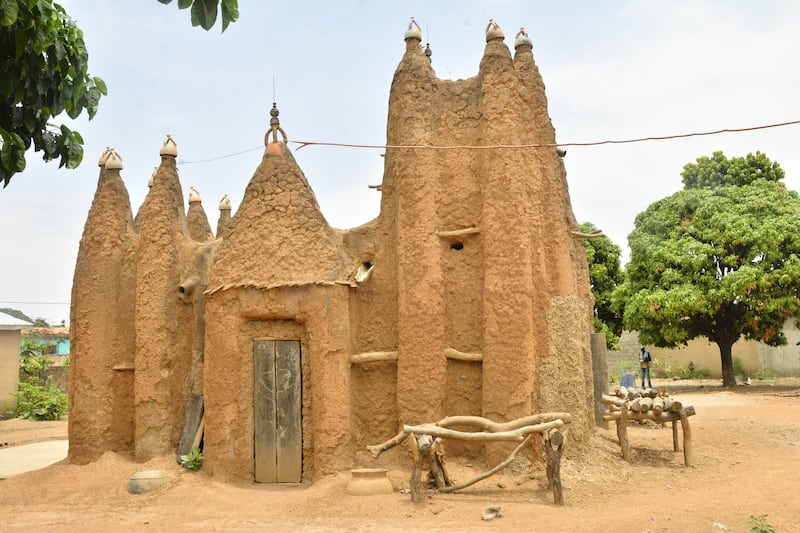Jordan's ancient agricultural town of As-Salt has joined India's Dholavira archaeological site in Gujarat and Iran's Hawraman and Uramanat landscapes to be inscribed into Unesco's World Heritage List.
Announced on Tuesday during the 44th session of the World Heritage Committee, which is being held online from Fuzhou, China, the inscription of sites continues until Wednesday.
Also named on the list were the Jomon Prehistoric Sites in northern Japan, the Rosia Montana Mining Landscape in Romania, which has been added to the Danger List, and Sudanese style mosques in northern Ivory Coast. Nice, the winter resort town in the French Rivera, and Sitio Roberto Burle Marx in Brazil have also been added, along with three settlements of Chile’s Chinchorro culture, known for their practices of complex mummification techniques, considered the oldest in the world.
Scroll through the gallery above for some of the sites that have been added so far on Unesco's list during the World Heritage Committee's 44th session.
Historical As-Salt
Located north-west of Amman, Jordan, As-Salt has attracted settlers since the Iron Age, and is most distinctive for its architecture.
Between 1860 and 1925, the city then under the Ottoman Empire witnessed the development of an architectural movement, the result of work by a "stone master" who had moved from nearby Nablus.
“The outstanding universal value of this Arab Eclectic Movement in the history of art and architecture lies on As-Salt's recognisable character,” says Unesco’s website.
The UN body states the city is “relatively unique within its geopolitical and cultural context”, not just because of its buildings but also “in its ability to transmit the significance of peaceful coexistence – Muslim and Christian communities living together to present – in the flourishing of socio-economic relations and cultural footprints”.
Ancient Dholavira
The ancient city of Dholavira in the Indian state of Gujarat is one of the most remarkable and well-preserved urban settlements in South Asia dating from the third to mid-second millennium BC, Unesco says.
The site, which contains ruins of a Harappan city as part of the ancient Indus Valley Civilisation, is the second Indian site to be inscribed so far.
"Discovered in 1968, the site is set apart by its unique characteristics, such as its water management system, multilayered defensive mechanisms, extensive use of stone in construction and special burial structures," Unesco says on its website, also noting the art associated with the city.
"Artefacts of various kinds such as copper, shell, stone, jewellery of semi-precious stones, terracotta, gold, ivory have been found at the site. In addition, the interregional trade links associated with Dholavira, have also been acknowledged as contributing to the shared heritage of humanity."
Romania’s Roman gold mines
Ancient Roman mining galleries in a mountainous Romanian region that has been at the centre of a long, fierce battle between a Canadian mining company and environmentalists were added to Unesco’s World Heritage list Tuesday, and put on the Danger List.
Rosia Montana, located in western Romania, is home to Europe’s largest gold deposits. Gabriel Resources, a Canadian mining company that gained concession rights in 1999, planned to extract the gold and silver over a 16-year period.
The mining project, which the Romanian government owned a 20 per cent stake in, also would involve razing four mountain tops, displacing hundreds of local families and leaving behind a waste lake containing cyanide, a toxic chemical used in the process of gold extraction.
The project drew opposition from environmental and civic activists who helped organise protests that drew tens of thousands of people to Romania’s streets. Some of the activists called for the area to be included on the Unesco list. The Romanian government withdrew its support for the project in 2014.
Rosia Montana Mayor Eugen Furdui, who had supported the mining project, told Romanian news channel Digi24 that Unesco heritage status would not bring any benefits to local residents or the country.
But Romanian President Klaus Iohannis welcomed the decision. “Through joint efforts of the authorities and specialists, Rosia Montana must become a model of value for heritage through the sustainable development of the area,” he said Tuesday.
The mining company, which invested hundreds of millions in developing the project, is seeking $4.4 billion in damages from the Romanian state for its losses. It said the project would have provided jobs in an area where employment opportunities are scarce.
“The Unesco application was strongly opposed by the local communities in and around Rosia Montana,” Gabriel Resources said in a statement Tuesday. “Most of the cultural heritage for which protection is sought through the Unesco application and which was identified by the extensive archaeological research programmes funded by Gabriel, would have been protected in any event by the project."
Deputy Prime Minister Dan Barna also cheered the Unesco listing.
“We fought for years to protect the history and environment of Rosia Montana, and today we received extraordinary news,” Barna wrote online. “I am glad this site was finally able to achieve international recognition.”
Chile's Chinchorro culture
Three settlements of Chile’s Chinchorro culture were added to the World Heritage list on Tuesday due to their practices of complex mummification techniques, considered the oldest in the world.
The Chinchorro culture was made up of groups of fishermen who inhabited the coasts of the Pacific Ocean from the port of Ilo, in Peru, to the coasts of the Chilean desert of Atacama between 5,450 BC to 890 BC.
Its members were marine hunters and gatherers.
President Sebastian Pinera wrote on his social media, “the exceptional value of the oldest process of universal mummification of bodies in the world 7,000 years ago is recognised.”
The archaeological remains of the Chinchorro culture show that these fishermen dismembered and reassembled the bodies of children, women and men. They removed the organs and muscles and replaced them with feathers, pieces of leather, rolls of wool and other materials. Once reassembled, they covered them with clay.
The zone of the Chinchorro culture is the seventh Chilean site to be added to the Unesco list.
The others include Rapa Nui National Park located in Easter Island, the Humberstone and Santa Laura Saltpeter Works; the historic quarter of Valparaiso; Sewell Mining town; the Churches of Chiloe; and the Qhapaq Nan, Andean Road System which passes through several countries, including Chile.
Brazil's landscape garden
Globally renowned for its natural beauty, Rio de Janeiro received a new international distinction Tuesday as Unesco added landscape architect Roberto Burle Marx’s former home to its list of World Heritage sites.
The Sitio Burle Marx in western Rio features more than 3,500 species of plants native to Rio and is considered a laboratory for botanical and landscape experimentation.
The site was designated a Cultural Landscape, a category that celebrates places allowing interaction between the environment and people.
“The garden features the key characteristics that came to define Burle Marx’s landscape gardens and influenced the development of modern gardens internationally,” Unesco said in a statement. “The garden is characterised by sinuous forms, exuberant mass planting, architectural plant arrangements, dramatic colour contrasts, use of tropical plants, and the incorporation of elements of traditional folk culture.”
The site named for Burle Marx was his home until 1985, when he donated it to the federal government. He has been recognised as one of the most important landscape artists of the 20th century and is credited with creating the concept of the modern tropical garden.
On the property, which is open to visitors, tropical and semi-tropical plants coexist with native Atlantic forest and 3,000 pieces of pre-Columbian and modern art.
“(This recognition) is the result of a process that was long and very difficult, but also rewarding,” said Claudia Pinheiro Storino, director of the Sitio Burle Marx. “It was a big effort from a lot of people.”
Burle Marx carried out projects in other Brazilian cities as well as others abroad, including Miami and Buenos Aires, before dying in 1994. The Burle Marx Site is considered one of the artist’s most important works.
It is the 23rd Brazilian location recognised on Unesco’s list of World Heritage sites.
Peru's Chankillo ceremonial centre
Chankillo, a ceremonial centre built over 2,300 years ago in the Casma-Sechin River basin in the coastal Peruvian desert, was also declared a World Heritage Site by Unesco Tuesday.
The World Heritage Committee approved Peru’s nomination, making it the country’s 13th world heritage site on the list.
Chankillo is an archaeological complex with ritual, astronomical, administrative, and defensive functions, Unesco said. The towers run along a low ridge within a group of ancient buildings, spaced at regular intervals 4.7 metres to 5.1metres apart. Each one is between 2 to 6 metres wide and 1.8 to 5.4 metres high, and is served by a pair of staircases.
The serrated ridge on the top of the towers appears tooth-like.
The experts say that each indentation marks different positions of the rising and setting sun between the winter and summer solstices.
Other sites selected
Two of Iran's landscapes, Hawraman and Uramanat, in the Kurdistan province, also made it to the list, along with the Jomon Prehistoric Sites in northern Japan, and the Sudanese-style mosques of Ivory Coast. Nice in France and the Franciscan Ensemble of the Monastery & Cathedral of Our Lady of the Assumption of Tlaxcala in Mexico were also added.
Two sites in German – the ShUM Sites of Speyer, Worms and Mainz, and the Lower German Limes – also made it to the list, along with Uruguay's Church of Atlantida.
The World Heritage Committee's two-week session is assessing the condition and management of more than 1,100 existing sites, and accepting nominations from countries for new World Heritage Sites.
This year, 39 nominations proposed in 2020 and 2021 are being examined, split between cultural, natural and mixed sites.
– Additional reporting by AP
